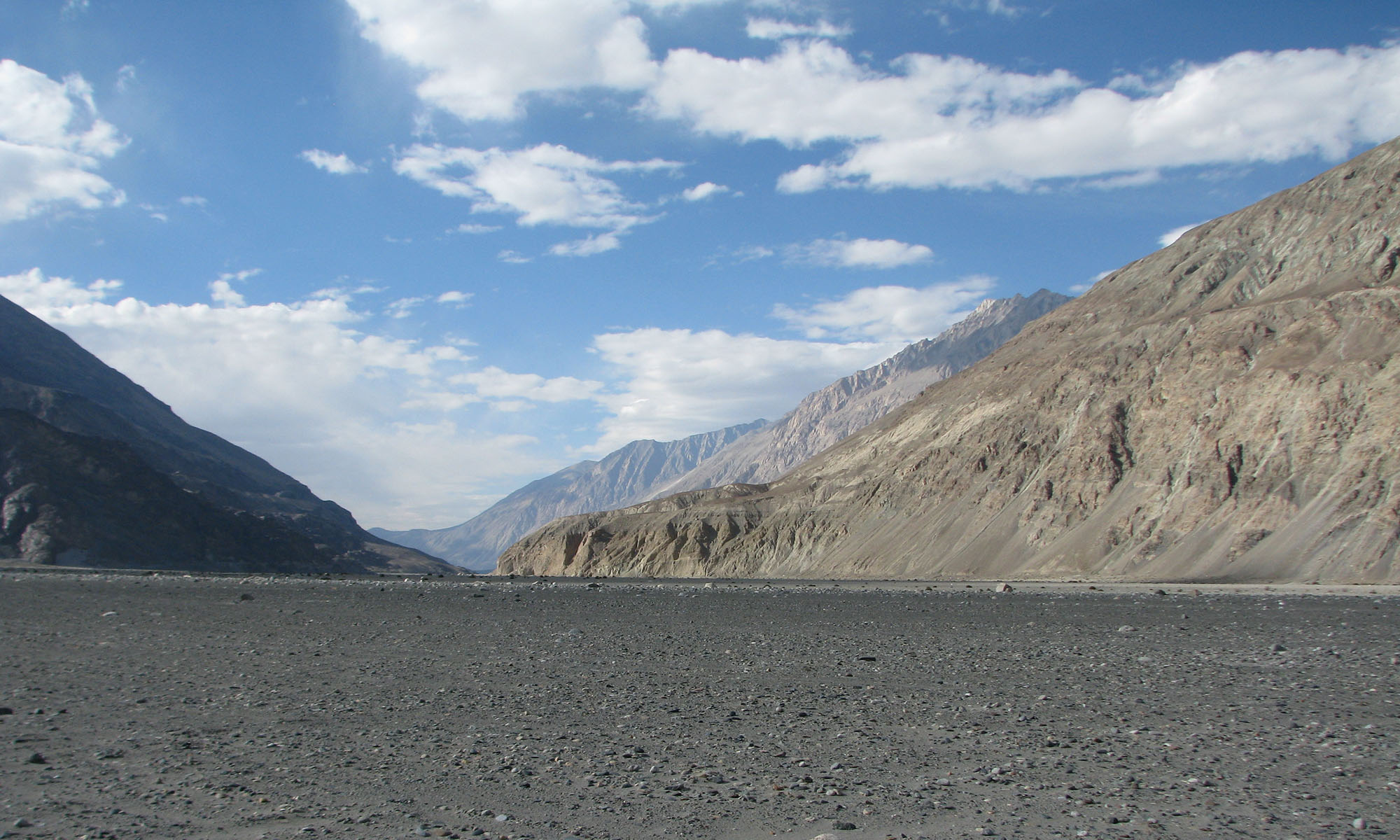Outsize fans are characterized by seemingly disproportionately small feeder catchments in relation to their fan area. Often having escaped rigorous scientific inquiry, the formative processes of these landforms remain inconclusive, supposedly ranging from catastrophic mass-wasting processes to gradual fluvial formation. Here we apply a multi-method approach, combining morphometric analysis with geophysical subsurface surveys and cosmogenic radionuclide exposure dating, to three outsize fans with hitherto unknown formation history in the Upper Rhone valley, Switzerland. Their feeder catchments are cut into bedrock hillslopes with a lack of indication of both pre-existing catchment structures and/or unconsolidated material that was available after deglaciation.
Focusing our study on the largest of these fans, our findings suggest a fan formation in three phases: In Phase 1, commencing after deglaciation at ~10 ka and ceasing with full catchment development ~6.0 ka, bulk fan bodies were established by deposits of massive high-energy, high-magnitude debris flows exporting sediment with average yields of up to 73 kt km-2 yr-1. In Phase 2, feeder basins were affected by comparatively lower-magnitude debris flows that distributed a sedimentary facies of debris flow channels, snouts and large boulders across the initial fan. Over time, deposition rates quickly decayed and finally ceased ~0.8 ka, when the system entered the present Phase 3, during which the fan-surface consolidated and fan aggradation terminated. Low gradient and abundant still-water deposits upstream of the fan still attest to the disruption of longitudinal sediment connectivity in the trunk valley.
We conclude that outsize fan formation by massive debris flows in the upper Rhone valley was rapid and massive, but incremental and non-catastrophic. Given the delivery of material at extremely high rates, outsize fans are capable of having a sustained impact on geomorphic systems and, during phases of activity, potentially endangering human livelihoods.
Anna Schoch-Baumann, Jan Henrik Blöthe, Henry Munack, Jens Hornung, Alexandru T. Codilean, Réka-H Fülöp, Klaus Wilcken, Lothar Schrott | First published: 05 December 2021 | https://doi.org/10.1002/esp.5301
